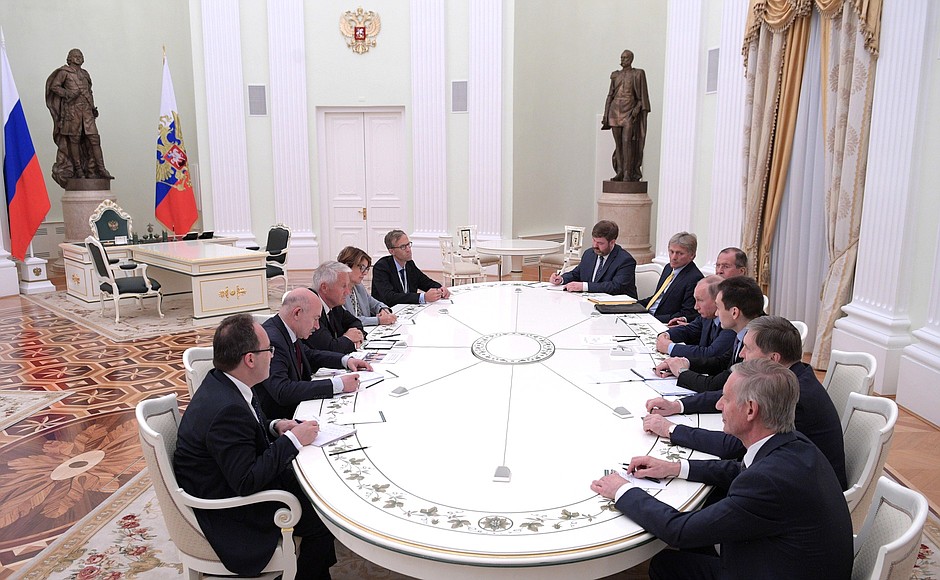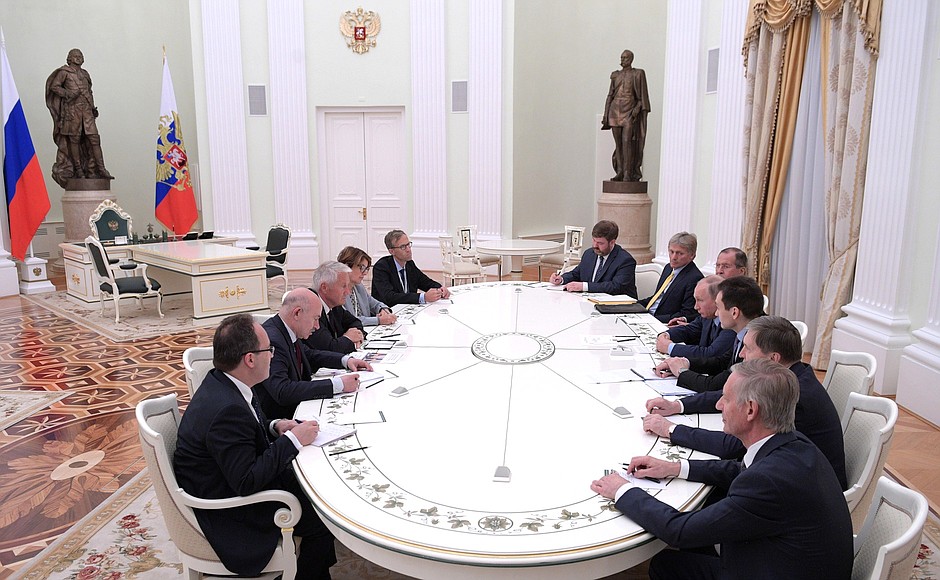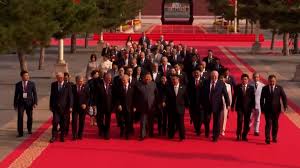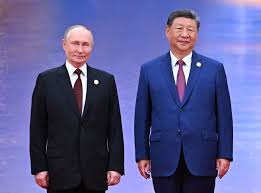
In a significant intensification of the conflict in Eastern Europe, Ukraine has initiated a number of bold and more frequent assaults within Russian borders, focusing on military installations, fuel storage sites, and radar systems located well away from the battlefront. These bold actions — thought by some to be carried out with the aid of Western intelligence and long-range missiles — are driving Russia into a level of political and strategic unease not experienced since the initial days of the conflict.
As Kyiv maintains that these actions are rightful self-defense measures, Moscow’s reaction has become more erratic — both on the ground and in the press. Notable pro-Kremlin figures have escalated nuclear rhetoric to alarming and strategic levels, aiming to incite fear, bolster domestic cohesion, and encourage geopolitical caution.
Ukraine’s Precision Attacks: A Change in Tactics
Following months of exhausting trench combat and gradual shifts in territory, Ukraine seems to have modified its military approach. Rather than concentrating only on disputed areas in Donetsk and Luhansk, Ukrainian troops are now targeting significant and symbolic locations further within Russia — a psychological and strategic maneuver aimed at unsettling Russian defenses and morale.
Recent blasts at a military base in Belgorod, a drone attack close to the oil-laden area of Tatarstan, and disruptions in Russian railway systems illustrate how Ukraine is extending the conflict beyond its frontiers. Ukrainian authorities are unclear about specifics, but high-ranking security advisors suggest “increased abilities and expanding range.”
President Volodymyr Zelenskyy, during a recent press conference, stated:
“If Russia thinks it can attack us without consequences, we will demonstrate that there are no secure areas for the aggressor during war.”
Kremlin Media Takes an Apocalyptic Turn
The audacious Ukrainian assaults have sparked outrage in Moscow—especially among nationalist pundits and Kremlin-affiliated television figures. These commentators, who for years have used propaganda as a weapon, are now seeking more perilous instruments: nuclear threats.
Vladimir Solovyov, a prominent television presenter in Russia, announced during his nightly program:
“Why are we delaying?” Why aren’t we demonstrating to the West what Russian strength genuinely signifies? “If they seek escalation, we can push it to the limit — to the nuclear threshold.”
Another well-known figure, Margarita Simonyan, head of RT (formerly Russia Today), grimly implied:
“The West is toying with danger.” Should they persist in backing Ukraine’s terrorism, we must explore unforeseen tactical responses.
These threats, although not explicit government policy, indicate a synchronized communication strategy targeting both local audiences and international governments. Russian state media frequently gauges public response to policy changes prior to their implementation, and the escalation of nuclear posturing is being regarded seriously in Western governments.

Response from the West: Consistent yet Uneasy
So far, the United States and NATO allies have responded with a mix of caution and disapproval.
Pentagon officials have emphasized that weapons provided by the U.S. are intended for defensive purposes, although sources indicate that some new systems — such as extended-range missile platforms — have been discreetly approved for Ukrainian deployment under stringent conditions.
NATO Secretary-General Jens Stoltenberg has deemed Russian nuclear rhetoric as “irresponsible and destabilizing,” but stressed that the alliance will not be cowed.
At the same time, European capital cities remain wary
. Leaders in Berlin, Paris, and Rome are becoming increasingly worried that ongoing Ukrainian attacks within Russia might trigger an unpredictable response from the Kremlin — particularly one motivated by humiliation or desperation.
Putin’s Strategy: Trapped or Strategic?
President Vladimir Putin has mostly stayed calm during public events, denouncing Ukraine’s “terrorist methods” while urging Russians to stay unified. However, analysts indicate that his choices are becoming more limited. Facing military failures, an ailing economy, and decreasing international backing aside from China and Iran, Putin might increasingly depend on psychological tactics — such as nuclear threats — to sustain his influence.
Russian military doctrine permits nuclear weapons usage if the nation’s survival is at risk; however, the definition of such a threat is intentionally ambiguous.
As Ukraine’s approach changes and Russian rhetoric intensifies, the conflict seems to be entering a new and increasingly dangerous stage. The distinctions between battlefield and homeland, offense and defense, as well as conventional and nuclear, are becoming more indistinct.
The globe observes anxiously as a perilous equation emerges: daring Ukrainian offensives, Russian pride under siege, and bellicose rhetoric igniting nuclear tensions on state television


